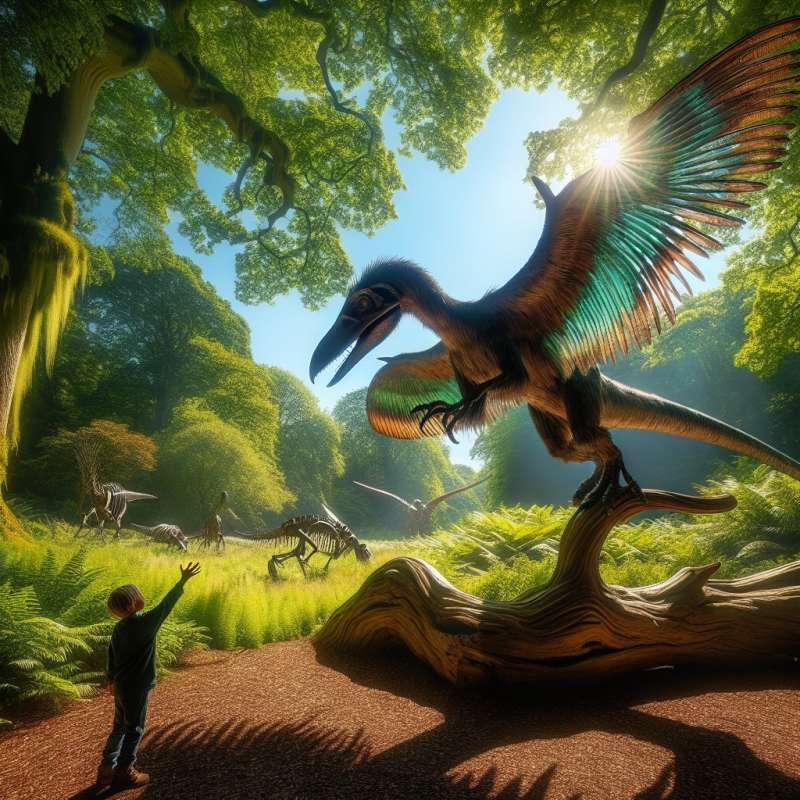
Discovering Archaeopteryx
The first Archaeopteryx fossil was discovered in 1861 in Germany. This creature, dating back about 150 million years, provides a crucial link between dinosaurs and birds.
Archaeopteryx's Unique Features
Archaeopteryx boasted feathers and wings like modern birds, but it also had distinct dinosaur characteristics such as jaws with sharp teeth, a long bony tail, and clawed fingers.
Thomas Henry Huxley's Theory
In 1868, Huxley first proposed that birds evolved from dinosaurs, basing his theory on the comparison between the fossils of Archaeopteryx and small theropod dinosaurs.
Archaeopteryx Flight Capabilities
Recent studies suggest that Archaeopteryx could fly, but not like modern birds. Its flight was likely limited and more akin to extended gliding or flapping clumsily between trees.
Controversy and Classification
For years, scientists debated whether Archaeopteryx was a true bird or a non-avian dinosaur. Today, it's widely accepted as one of the earliest birds, bridging the gap in the evolutionary tree.
Huxley's Enduring Influence
Huxley's 'Birds Are Dinosaurs' hypothesis was controversial for decades. Only in the 1970s, with new fossil discoveries, did the idea gain widespread acceptance in the scientific community.
Archaeopteryx's Legacy
Archaeopteryx is not just an icon of evolution but also a symbol of the complex and branching nature of evolutionary history, challenging our understanding of species development.
When was Archaeopteryx first discovered?
1861 in Germany
1868 in England
1970s in America
Company